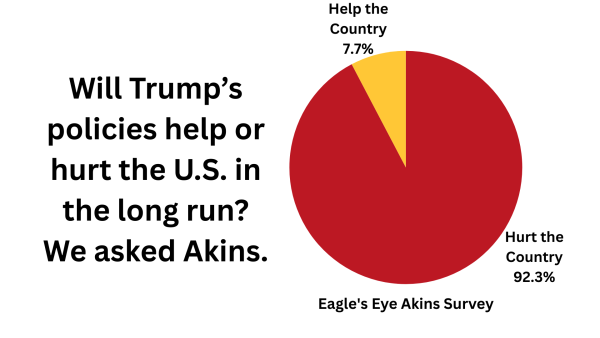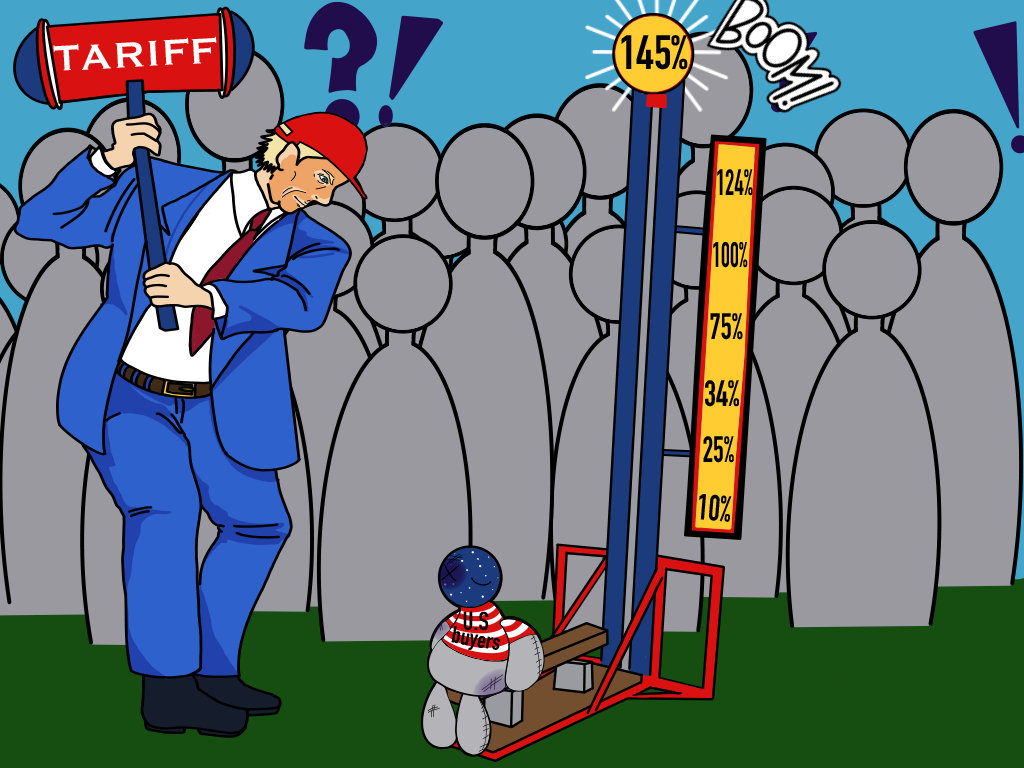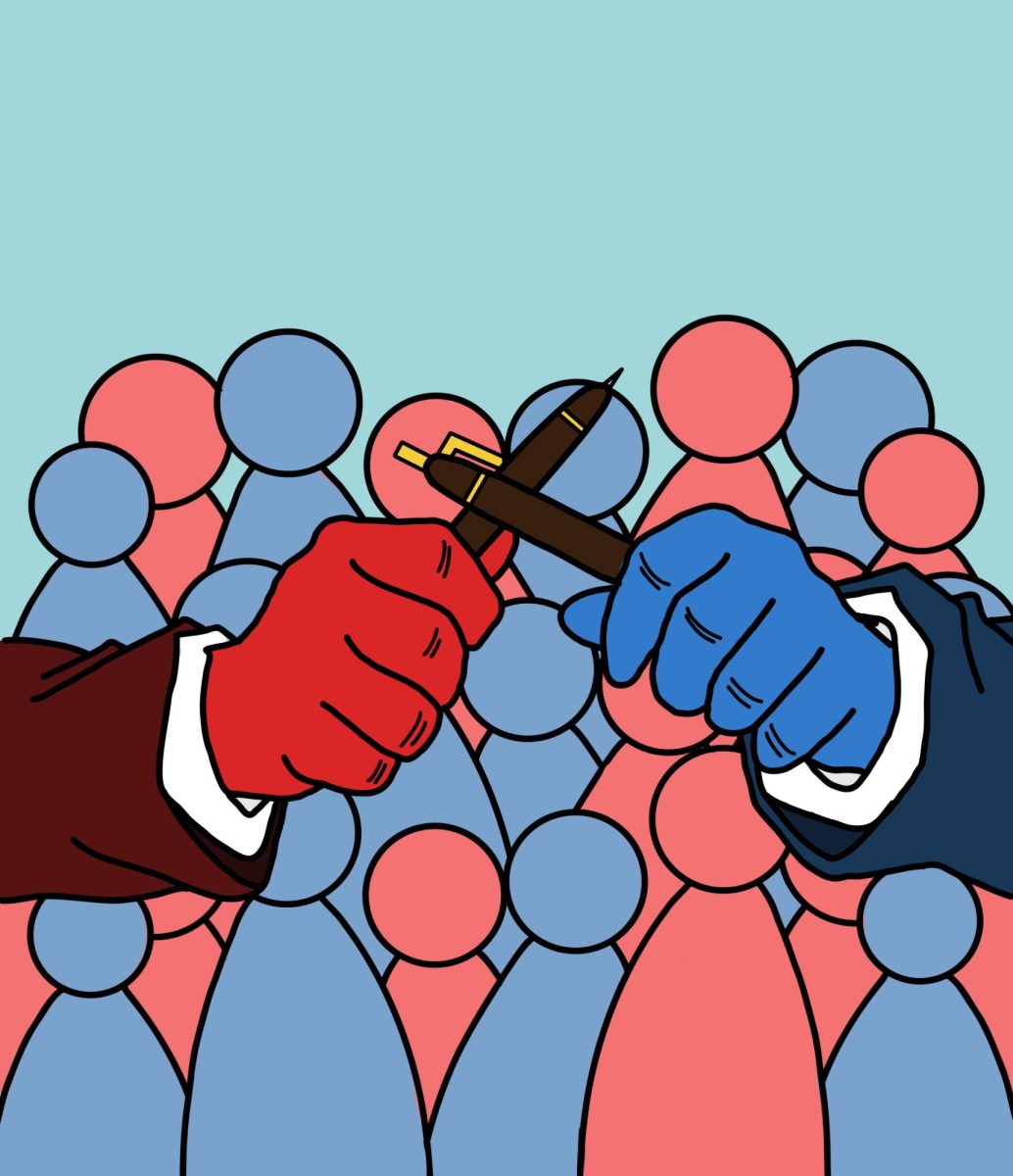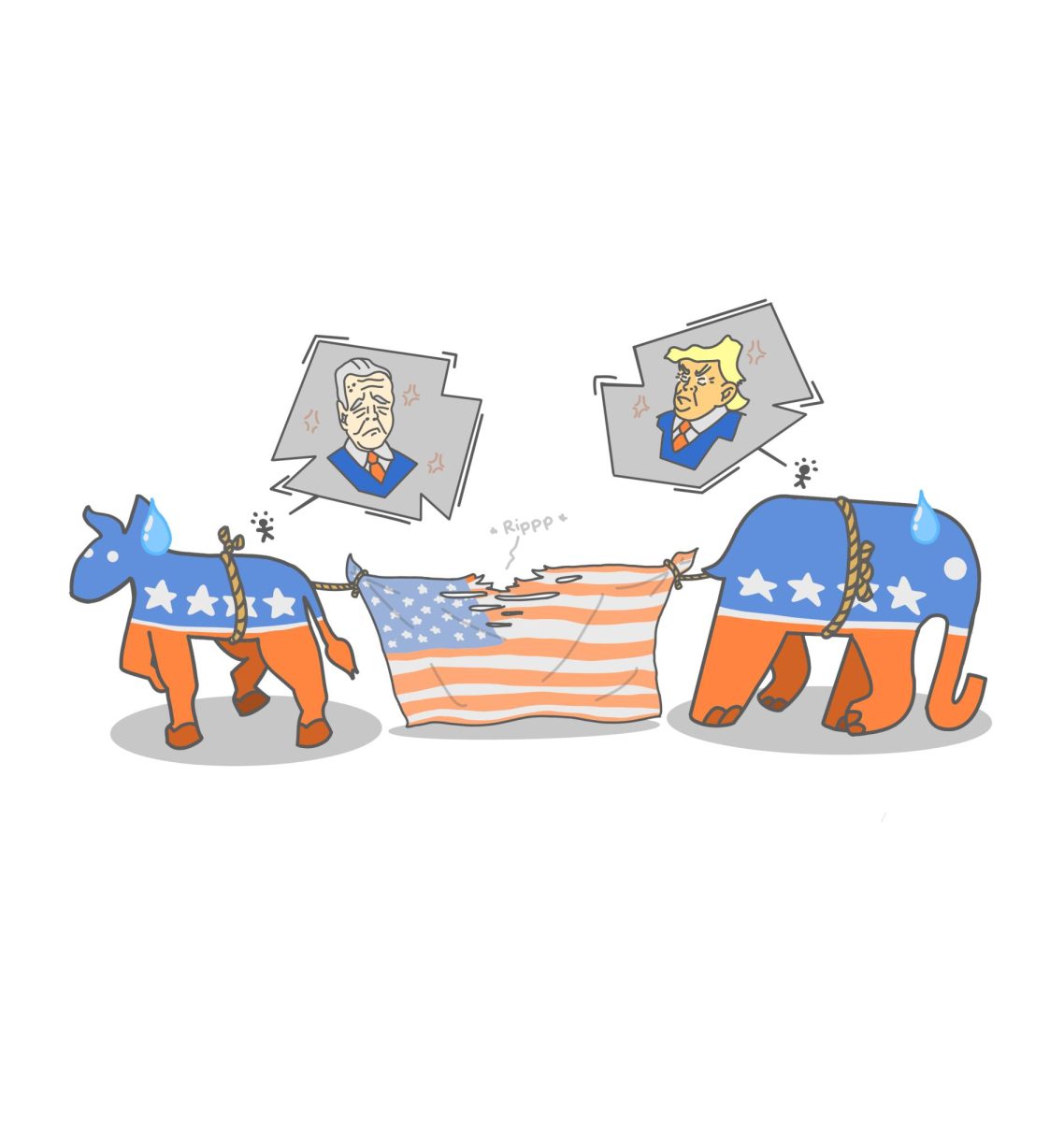What Are Tariffs, and Why Should Teens Care?
Picture this: You’ve been eyeing a new pair of sneakers or maybe that slick new gaming console, saving up every penny. But when you finally go to buy it, BAM! The price shot up. That $12 phone case you wanted is now $18. The $400 gaming console? Now it’s $520—and out of stock! What just happened?
The culprit: tariffs. Tariffs are essentially extra taxes that governments slap onto imported goods. So, when your favorite sneakers from Vietnam, or the electronics you rely on from China, come into the U.S., businesses raise their price tags to cover the additional tax. That’s why everything you buy gets more expensive. But here’s the kicker: tariffs are not just about higher prices; they’re also about power moves in the political world. And if you thought it couldn’t get crazier, President Donald Trump’s back in action, using tariffs as his go-to weapon in the trade war.
How Did This All Start?
Flashback to 2016: Trump’s first term was like a game on for the U.S.-China trade war. Trump argued that China was selling cheap stuff to the U.S., hurting American businesses. So, he slapped tariffs on all sorts of Chinese goods, hoping to force companies to start making more things in the U.S. instead of relying on China. Fast forward to 2025, Trump’s back in the White House, and he’s doubling down. His new America First Trade Policy promises to shake up global trade. What’s new? Let’s dive in.
Trump’s Tariff Tactics: Round 2
Trump’s new tariffs are wild and all over the place, and we all need to understand the big shifts: Universal 10%-20% tariffs: Trump wants to put a tax on nearly every import, so that laptop you love from Taiwan? Yep, it could cost more. 60% tariffs on Chinese goods: He’s not letting up on China, threatening major price hikes on tech, clothing, and even cars. 25% tariffs on Mexico and Canada: Remember that deal Trump renegotiated with Mexico and Canada in 2020? If no new deals happen, expect higher prices on everything from tacos to Toyotas. Tariffs on BRICS+ and NATO countries: Even our allies are in trouble, especially if they question U.S. economic dominance or don’t spend enough on defense.
Economic Fallout: What’s Happening?
China’s not taking Trump’s tariffs lying down. They fired back with their own 125% tariffs on U.S. exports. To keep things rolling, China dumped $137 billion into its economy.
The Punchline? This back-and-forth has messed up the global supply chain. Things are getting delayed, and prices are going up everywhere. That means fewer jobs in retail, manufacturing, and shipping sectors, where many teens find part-time gigs.
So, if you were counting on that summer job to save for college or a phone upgrade, this could be bad news. It’s also why things like gaming consoles, tech gadgets, and even your favorite brands are getting more expensive. Not ideal, right?
Why Should You Care?
You might be thinking, “I’m just a teen. I don’t run a business or sign trade deals.” But here’s why tariffs are your problem: Prices Go Up: Whether it’s a game console, clothes, or electronics, tariffs mean you’re paying more. Job Opportunities Shrink: Retail, warehouse, and even delivery jobs are getting harder to come by. Fewer shifts, fewer hires. Global Hiccups in Your Future: Want to study abroad or work internationally? Trade barriers and tariffs could mess with global programs, internships, and collaborations, making it harder for you to advance in a globalized world. A More Divided World: Trump’s “America First” policy might sound great if you’re all about U.S. independence, but it could also isolate America from other countries, leaving your generation with fewer allies and partners worldwide.

The Big Picture: What’s Next?
As of May 2025, Trump’s tariffs are still in play, and he’s not backing down. With every new tariff imposed, global trade gets more complicated. China, Mexico, and even our European allies are fighting back, and it’s shaking up the economy in ways that could last for years. And guess what? Trump’s not stopping here. Experts predict that things could get even more intense with new sanctions on countries like Cuba and Iran, tighter controls on tech exports, and possibly a new agency to regulate trade even harder. In short, we’re entering a world where trade wars are faster, riskier, and could have long-lasting effects on global jobs, prices, and even politics.
What Does This Mean for You?
Tariffs aren’t just an abstract political issue, they’re shaping the prices of the stuff you care about, the job opportunities you have access to, and the way the world works. Whether you’re into tech, gaming, or thinking about your future career, trade wars will be part of the world you inherit. So, next time someone mentions “trade wars,” you’ll know it’s not just about politics. It’s about power, prices, and your future. The world of global economics is shifting. Are you ready for the ride?















